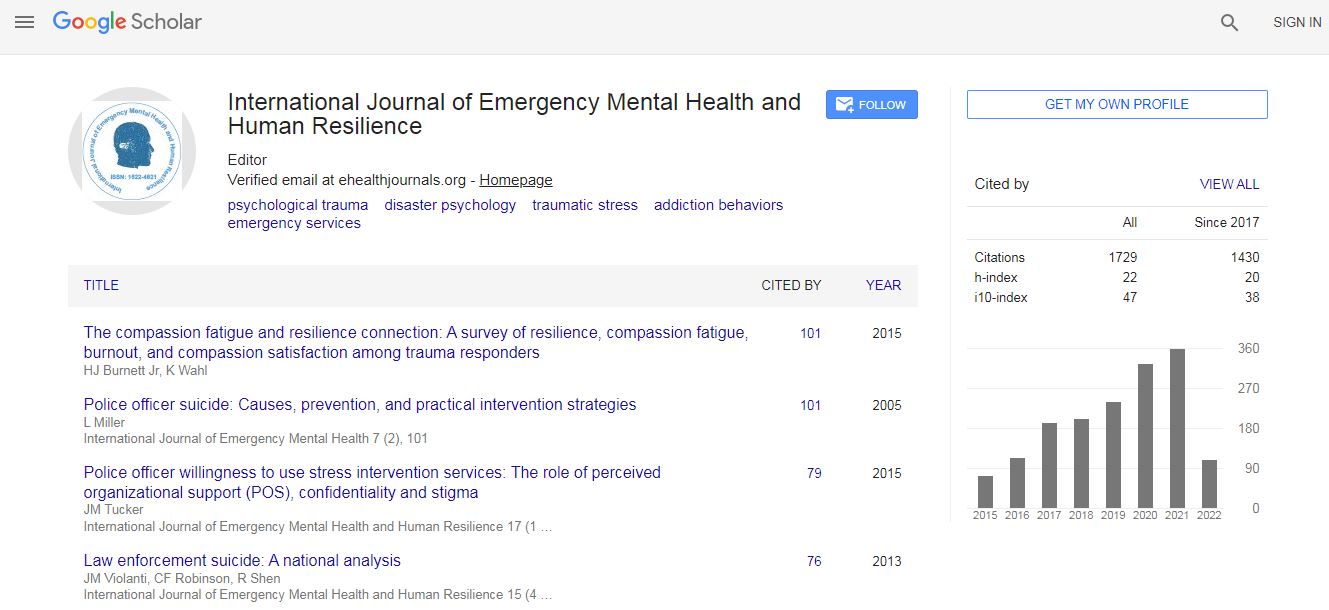Research Article
Relationship between Persistent Post-traumatic Stress Disorder and Human Remains Exposure for Staten Island Barge and Landfill Recovery and Clean-up Workers After 9/11
Monique A. Fairclough1*,Sara A. Miller-Archie1, James E. Cone1,Tenzin Dechen1, Christina C. Ekenga2, Sukhminder Osahan1, Sharon E. Perlman3, Lisa M. Gargano1, Jennifer Imasuen1, Mark R. Farfel1
1World Trade Center Health Registry, Division of Epidemiology, New York City Department of Health and Mental Hygiene, Long Island City, NY, USA
2Epidemiology Branch, National Institute of Environmental Health Sciences, Research Triangle, Park, NC, USA
3Division of Epidemiology, New York City Department of Health and Mental Hygiene, Long Island City, NY, USA
Abstract
After the September 11, 2001 World Trade Center (WTC) disaster, recovery and clean-up efforts were concentrated at the WTC site and the Staten Island (SI) Fresh Kills landfill and barges. Research is limited regarding the long-term health effects of human remains exposure during clean-up and recovery work at the SI landfill and barges. We studied 1,592 WTC Health Registry enrollees who worked at the SI landfill, loading piers and barges after the 9/11/01 attacks to assess the relationship between remains exposure and persistent posttraumatic stress disorder (PTSD) 10-11 years later. A dose-response relationship was found between frequency of human remains exposure and persistent PTSD (adjusted odds ratio (AOR): every day (AOR) = 4.77; 95% confidence interval (CI): 2.00-11.52, almost every day (AOR) = 4.35; 95% CI: 1.75-10.80), and some days (AOR) = 2.98; 95% CI: 1.43-6.22). When exposed to human remains, sanitation workers had higher odds of persistent PTSD, compared to firefighters and police. In addition, respondents who scored lower on a social support scale had higher odds of persistent PTSD. The findings highlight the need for strategies to reduce the risk of PTSD associated with exposure to human remains in future disasters.

 Spanish
Spanish  Chinese
Chinese  Russian
Russian  German
German  French
French  Japanese
Japanese  Portuguese
Portuguese  Hindi
Hindi 